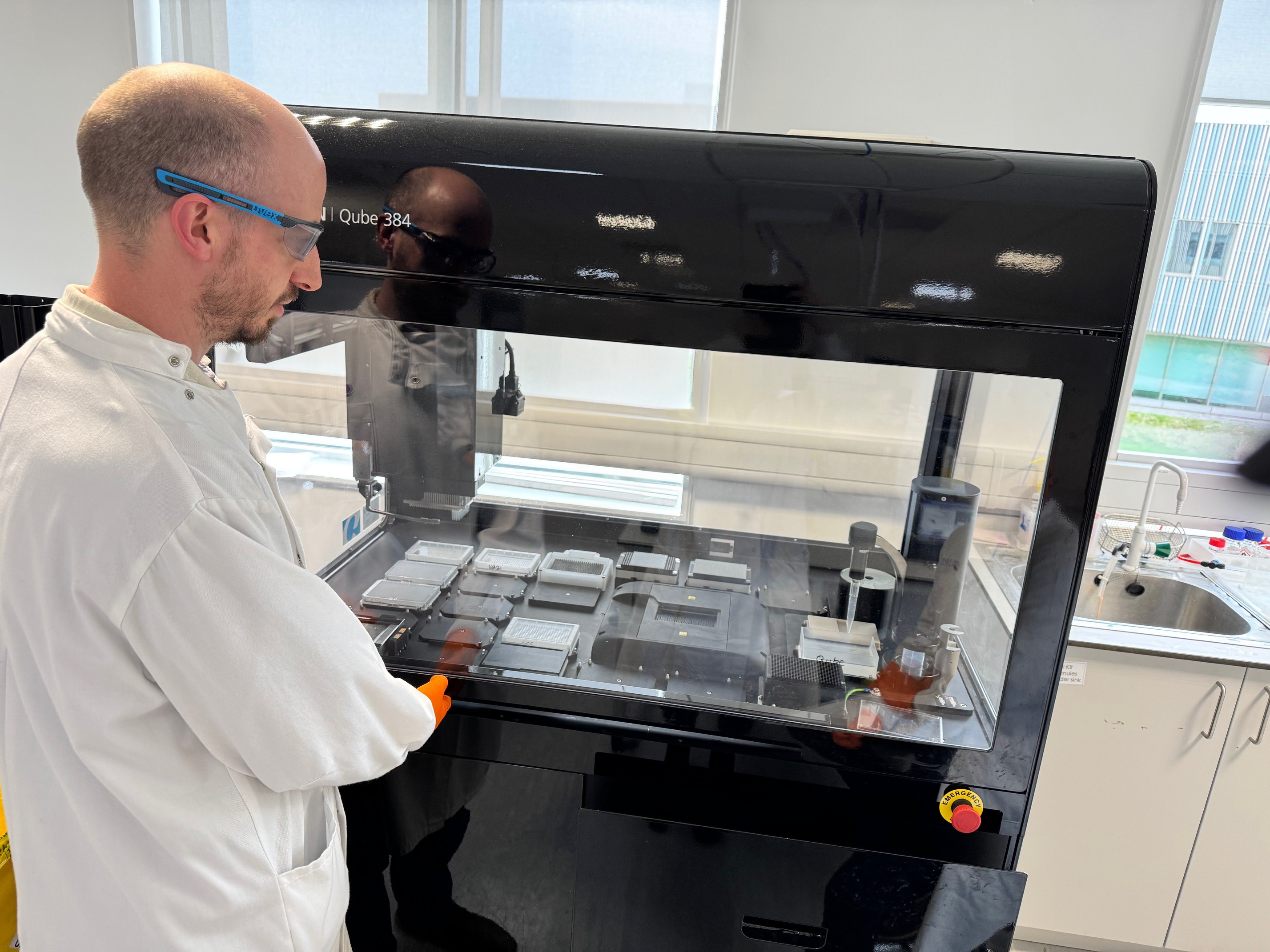Metrion is your premier partner for ion channel screening. We are also specialists in cardiac safety and neuroscience research.
Our combination of specialist expertise, advanced technology, flexibility, and proven reliability makes us an ideal choice for pharmaceutical and bioscience companies seeking high-quality preclinical drug discovery and safety services.
In this video we explain why companies choose Metrion as their preferred pre-clinical CRO. Hear directly from our customers about their experience working with us by reading their testimonials.
Established in 2015, we have over 250 years combined experience in ion channel electrophysiology, we have the expertise and skillset to offer clear strategic insights that are critical for successful drug discovery. We have a detailed understanding of both voltage- and ligand-gated ion channels, plus extensive experience of configuring high quality assays for multimodal and leak channels. Our experience guarantees high-quality, accurate data to drive your medicinal chemistry strategy.
Our services and assay formats are highly adaptable to the specific needs of each customer. This flexibility is complemented by rapid data reporting, allowing for efficient progression of drug discovery projects.
 We excel in offering cost-effective compound screening assays and detailed characterisation of lead compounds in human cells and native tissues. This expertise also extends to confirming compound efficacy in stem cell-derived and other phenotypic models.
We excel in offering cost-effective compound screening assays and detailed characterisation of lead compounds in human cells and native tissues. This expertise also extends to confirming compound efficacy in stem cell-derived and other phenotypic models.
Our leadership team have been key decision makers in multiple successful drug discovery programs, and Metrion’s laboratory team has proven ability to deliver high-quality data on time and within budget. This experience and reliability is essential for maintaining momentum in drug discovery projects.
We understand that delivering high-quality data on time and within budget is only part of the story. To truly empower your drug discovery strategy, we provide timely, detailed reports that go beyond the numbers. In every report from Metrion, you can expect:
Our expert scientific team ensures that every report is not just a summary but a strategic tool, designed to support your decision-making and move your research forward with confidence.
Metrion is a leader in automated patch clamp technology, with team members who pioneered 384-well APC screening, we have a first-class track record of operating a range of gigaseal APC platforms. This technology allows for high-throughput, precise screening, which is crucial for modern drug discovery efforts.
All Metrion colleagues are dedicated to providing a personalised service, ensuring that customers’ specific needs and timelines are met with precision and professionalism.